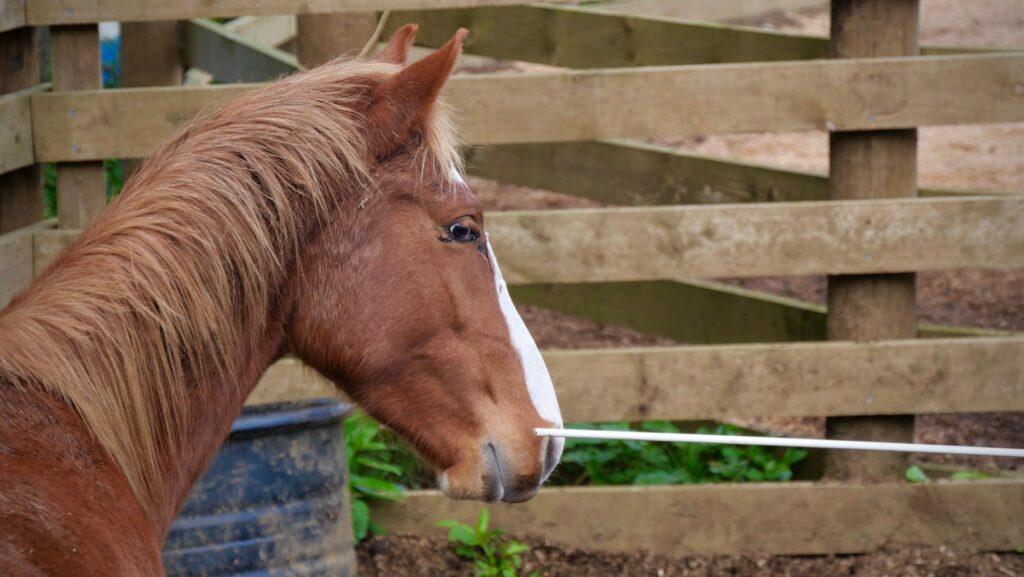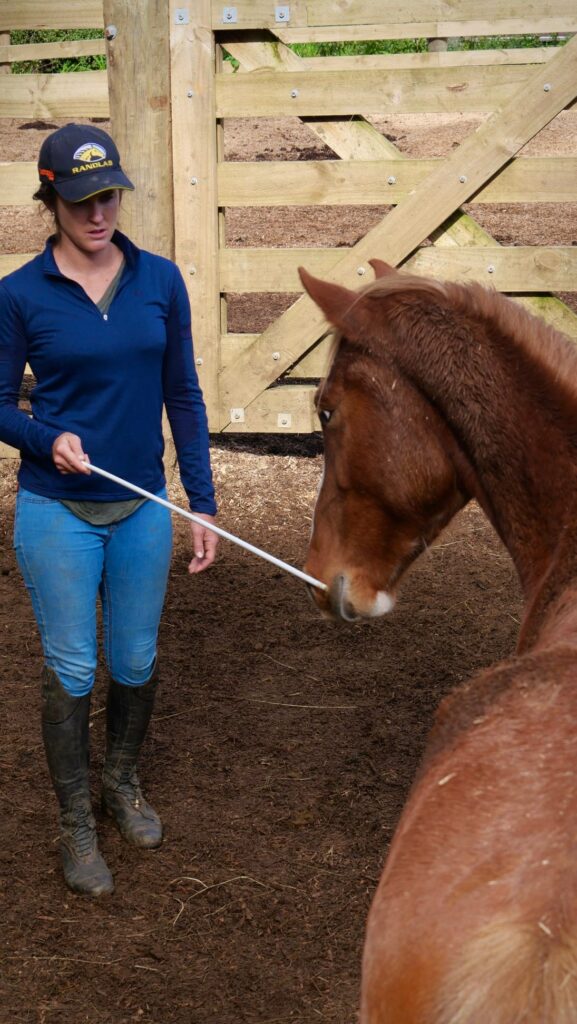- New Zealand
The Quiet Horse
- Training
-
May 09
- Share post

By Wild Horse Project – Kindly reproduced here with permission
I’ve wanted to write something about the quiet horses for a while now, it’s been on my mind a long time. Every muster I think about it and every time it kind of slips by and I never get around to writing it down. Working this horse today I knew I finally had to make time to say it.
This horse is quiet, or I guess what a lot of people would call quiet. I’d call him an introvert, at times i’d say he was shut down. He’s the kind of horse most people could probably tame from the wild, but few do it brilliantly. The kind that people pat themselves on the back and say man I did a good job making a quiet horse. I have no doubt if I wanted I could also have had a halter on him already, heck I could have even sat on him if I really wanted to show off. I have no doubt he would have let me. But it wouldn’t be because of some amazing skills I possessed or some magic whispering with the horse. The wise amongst you would see a dead expression in the horse’s eye, but most would just see a quiet horse and think it was great. These types of horses are easy to tame adequately and hard to train brilliantly. They are easy horses to keep a bit shut down, not very engaged and are what a lot of people would call quiet. They don’t engage very much or easily give you that beautiful connection, but they tolerate a lot.
They tolerate adequate training and even bad training until they can’t take it anymore. Then they either snap and people say “it just exploded out of nowhere” or they shut down so bad “they just lay down and gave up”. The thing is the horse probably gave you lots of subtle warnings it wasn’t okay, but because these horses are not snorting, rampaging, fire breathing dragons, a lot of people don’t notice. While most other horses you want to calm down and desensitise these are already slow-moving, sticky, stuck in place and not sharp off the aids. You can get away with a lot, you can usually get a halter on pretty easy, you could also pull them around without much trouble. They’ll be biddable and slow until some big question comes along that they can’t be dragged through or into answering. Then everything comes to a grinding halt, the head goes down, the expression on their face disappears and the legs lock in place. In domestic horses, it’s most often seen at any equestrian gathering where some horse just won’t load and no amount of encouragement or coercion will get it to move its feet.
Now I know all too well the excitement of wanting to touch a horse for the first time and get the money shot of taming the wild steed. However, it’s not what horses like this need. They need to learn that we understand them, that the subtle cues they are giving us aren’t being ignored. We also need to give them solutions and start a language together to let them cope with stress and learn to be curious and seek answers rather than just shut down and try to endure the training. We need to let them know they can move their feet at times, and let them build the ability and confidence in us to look and form a connection as we move and ask them things. The biggest thing I want to develop is curiosity and confidence and not take advantage of their tolerance. I want to create responses in them that are light, subtle and relaxed before I ever go to touch them. Because on that day I put the halter on I want the horse to be light to the pressure, to be relaxed enough to follow with his feet and curious enough to come to me. None of that comes from just forcing the horse to endure the questions we ask of it.
I look for subtle signs, the merest turn of the head, the blink of the eye or a gesture in the right direction that I can encourage and build on. I want the horse to know it doesn’t have to bury its head in a corner and hope I’ll eventually leave. I look at how fast it’s breathing and how much expression is on its face to monitor for stress. These horses take 10x the concentration as the ones that typically worry people. I come out of the session feeling exhausted from doing not much. It took all my experience to get beautiful moments like this where he’s engaged. Despite the fact he’s what people would call quiet the entire time I was in the pen.
My main goal is a horse that wants to take part in the training, and although I know I could do a lot with the horse now, I’d pay for it later by having to deal with a dull, dead quiet horse that won’t respond to anything further down the track. With horses to get a truly beautiful connection and the moments, we all dream about, takes time, rushing, in the beginning, may make look good at the begging but your work will never have the true finesse later. I have already seen a huge breakthrough with this horse, maybe not the ones most people would look for but huge nonetheless. Today he followed me a little bit and could even glance my way a little. I have no doubt he’ll be awesome soon and his naturally quiet nature will make him a fantastic domestic horse for the future. But he deserves time and not to be rushed.
So I guess what I want to say is don’t take advantage of the quiet, introverted horse that tolerates so much. Be disciplined and a good enough horse person to take the time to do a great job and set them up with the skills they need throughout their life. These quiet tolerant introverts can thrive and become your most stable partner on all equine adventures but give them time just like you would the wildest ones.

Comments
Add a comment
Leave a Reply · Cancel reply
You must be logged in to post a comment.
